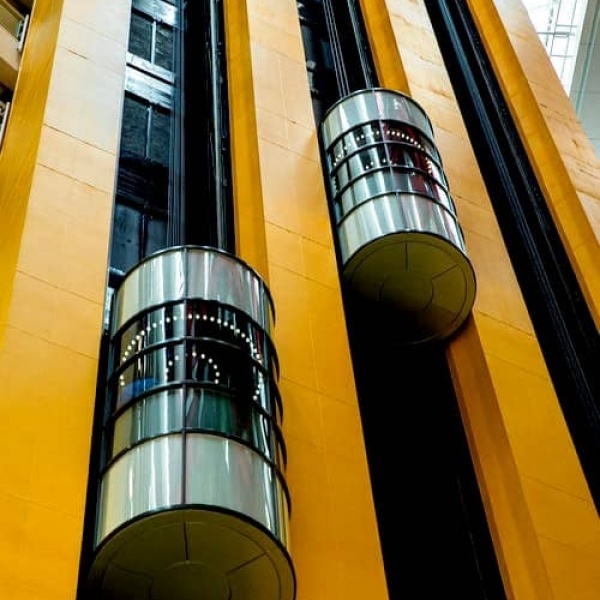About the product
The elevation industry is making strong footholds in technological advancements and customer usability. Skyscrapers and high-rise buildings are useless without elevators, but today the meaning of elevation has changed to a new high that brings about drastic innovation criteria to move customers to their destination in an organized way. The old technology of cabins powered by electric motors that use traction cables and counterweight systems or hydraulic fluid has changed symmetrically. Now due to the meteoric rise in elevator usage by over 2 billion people around the world, faster and different lifts are making inroads. Latest Elevators Technology is being used now gradually replacing woven steel cable with a form of carbon fiber that is more flexible, durable, and has a longer life than metal cables. This technique is driving the lift-hoisting technology a bit further – and allows lifts to travel up to a km in a single run, double what a steel cable can offer.
The modernization process is key to sustaining the future and the opportunity for the growth of a company. Constant innovation by the elevation industry has also been subjected to modernization in architecture in vertical elevation systems. Today we see a host of rapid technological changes that the lifts use. Vertical elevators have become more advanced in the sense that their operations have become smooth and silent. Time taken to travel has also been reduced by more than half and the introduction of carbon belts instead of heavyweight tension wires has dramatically reduced their weight proportion ratio to the cable car and its overall equipment. Automation in elevators is now marked by onboard integrated circuitry rather than manual operations. The component breakdown is checked by computerized analysis for replacing equipment, upgrading machinery, or installing new software. Thus, state-of-the-art elevation is ready for the rise.
The modernization process is key to sustaining the future and the opportunity for the growth of a company. Constant innovation by the elevation industry has also been subjected to modernization in architecture in vertical elevation systems. Today we see a host of rapid technological changes that the lifts use. Vertical elevators have become more advanced in the sense that their operations have become smooth and silent. Time taken to travel has also been reduced by more than half and the introduction of carbon belts instead of heavyweight tension wires has dramatically reduced their weight proportion ratio to the cable car and its overall equipment. Automation in elevators is now marked by onboard integrated circuitry rather than manual operations. The component breakdown is checked by computerized analysis for replacing equipment, upgrading machinery, or installing new software. Thus, state-of-the-art elevation is ready for the rise.
Price
Call Us
Contact with supplier
Company
